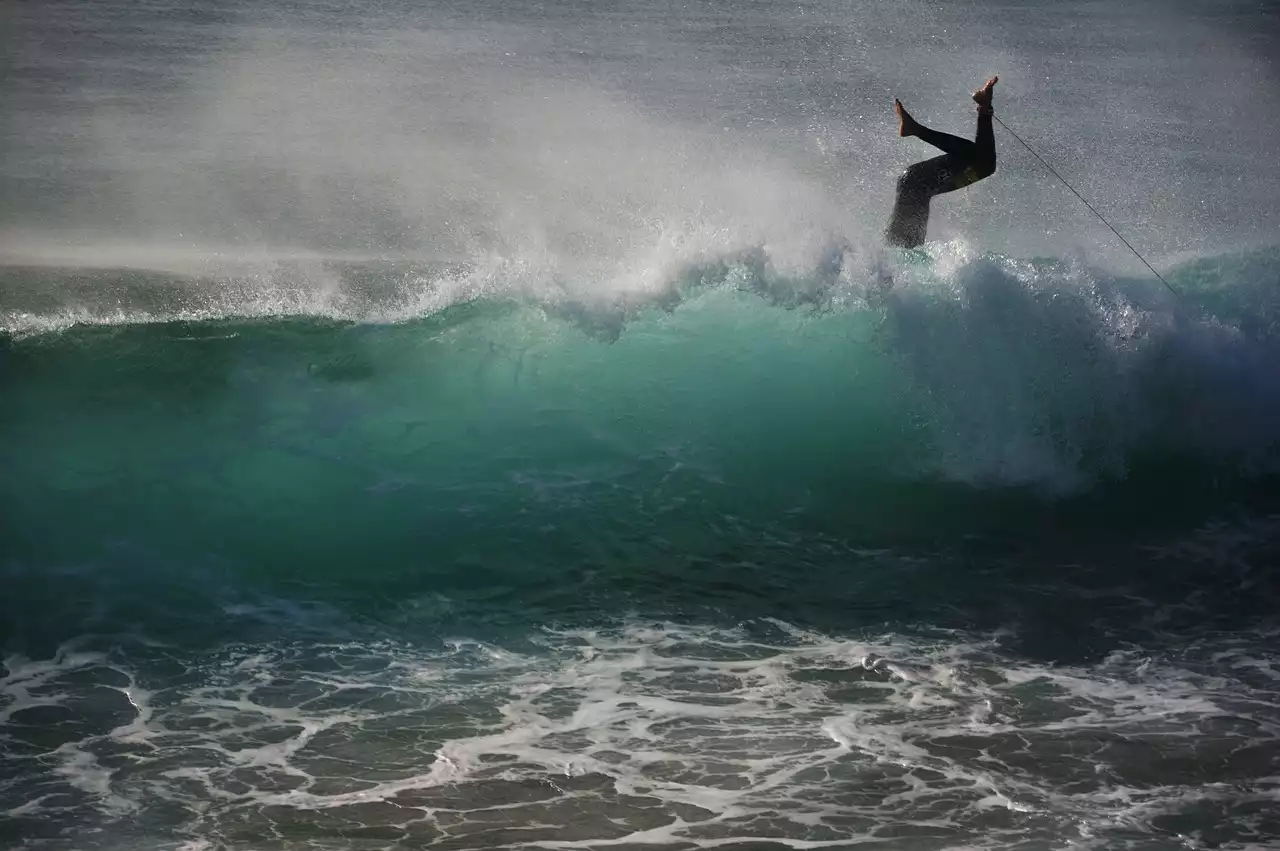Techniques for keeping a low center of gravity
- Keep your shoulders relaxed and shoulders back - When you are surfing, your shoulders should be relaxed. If they are tense, you will experience tension in your body and be unable to control your paddle. Try to keep your shoulders relaxed, with your elbows slightly bent. This will help to keep your shoulders back and allow you to keep a low center of gravity.
- Keep your head looking forward - When you are surfing, you want to keep your head looking forward, toward the wave. This will help you to stay relaxed, as you will be looking directly at the wave, which will allow you to stay relaxed and focused.
- Keep your hips low - When surfing, your hips should be low. This will help you to maintain stability, as you will be able to control the movement of the board better. If your hips are too high, you will experience nausea while surfing, as the wave will feel too unstable and you will be uncomfortable.
- Keep your torso upright - When surfing, your torso should be good. This will allow you to maintain control, as you will not be able to lean too far forward or backward.
- Keep your weight centered - When surfing, you want to keep your weight centered. This will help you to maintain balance, as you will not be able to move too far side to side, which will allow you to stay more focused on the wave at hand.
- Keep your knees bent - When surfing, your knees should be bent. This will help you to maintain stability, keeping you balanced and in control. If your knees are straight, you will experience pain, as they will be too extended and unstable.
- Keep your ankles relaxed - When surfing, your ankles should be relaxed. This will help you to maintain control, as you will not be able to move them too far from side to side.
- Keep your arms relaxed - When surfing, your arms should be relaxed. This will help you to maintain balance, as you will not be able to move them too far from side to side.
- Keep your paddle shaft parallel to the wave - When surfing, you should always keep your paddle shaft parallel to the wave. This will allow you to maintain control, as you will not be able to tilt the shaft too far from side to side.
- Keep your paddle perpendicular to the wave - When surfing, you should always keep your paddle perpendicular to the wave. This will allow you to maintain momentum, as you will not be able to tilt the shaft too far from side to side.
Examples of how to practice keeping a low center of gravity
- When standing in the shallow water at the break, keep your shoulders relaxed, your head forward, and your hips low.
- When paddling out, keep your elbow relaxed, your paddle shaft parallel to the wave, and your strokes smooth and low.
- When paddling in, keep your elbows relaxed, your paddle shaft parallel to the wave, and your strokes even and smooth.
- When paddling back out, keep your paddle shaft parallel to the wave, and your strokes even and smooth.
- When paddling in, keep your paddle shaft parallel to the wave, and your strokes smooth and even.
- When paddling out, keep your paddle shaft parallel to the wave, and your strokes even and smooth.
The Importance of keeping a low center of gravity for surfing
Keeping your center of gravity low while surfing is a key component to maximizing your surfing performance. A low center of gravity will allow you to pivot from side to side much more easily, making the most of each wave. Additionally, a low center of gravity will allow you to maintain more balance and stability on the board, allowing you to make smoother and more controlled turns. By keeping a low center of gravity, you will experience less nausea while surfing and be more comfortable in the water, resulting in more consistent surfing. If you want to maximize your surfing performance, you need to lower your center of gravity, keeping your balance high and in control while surfing.









